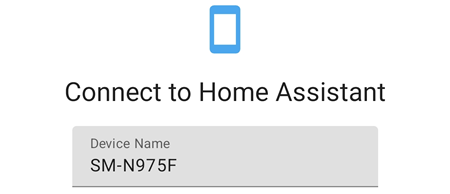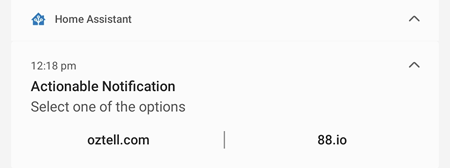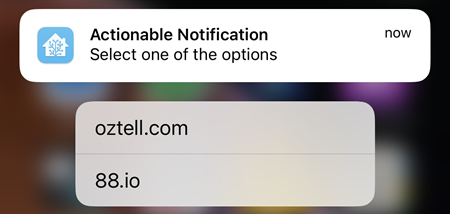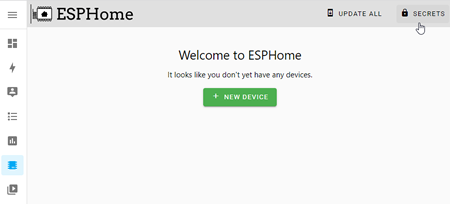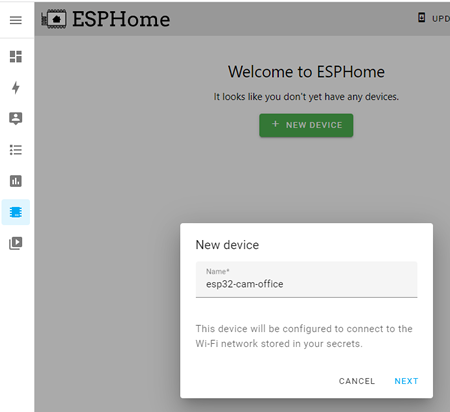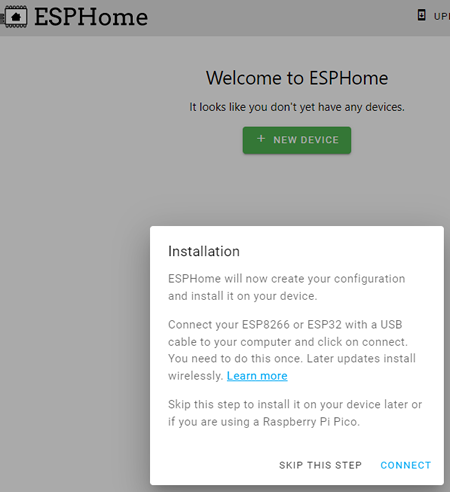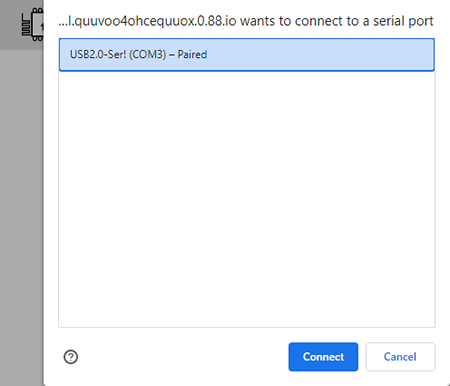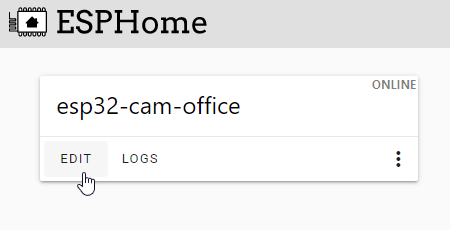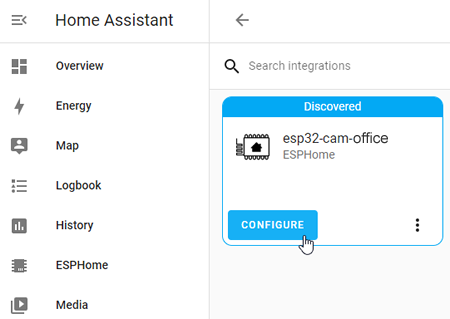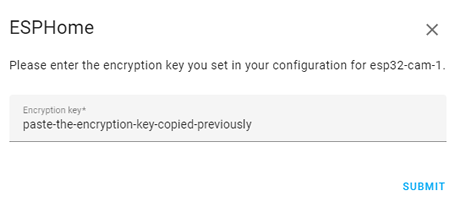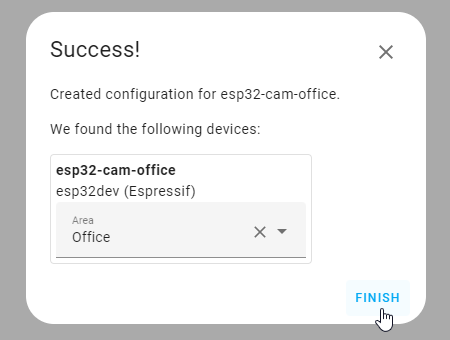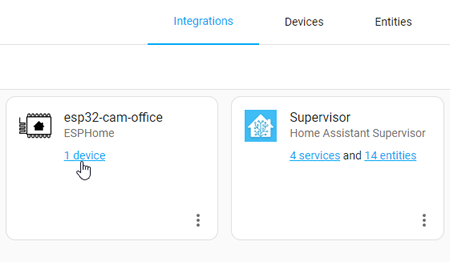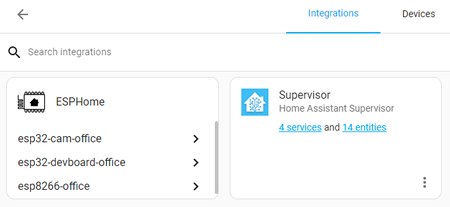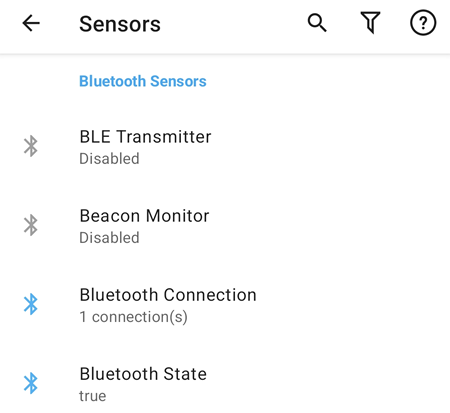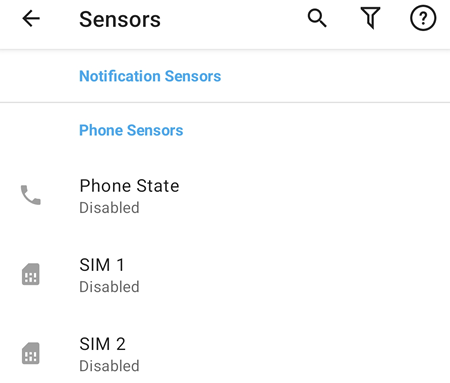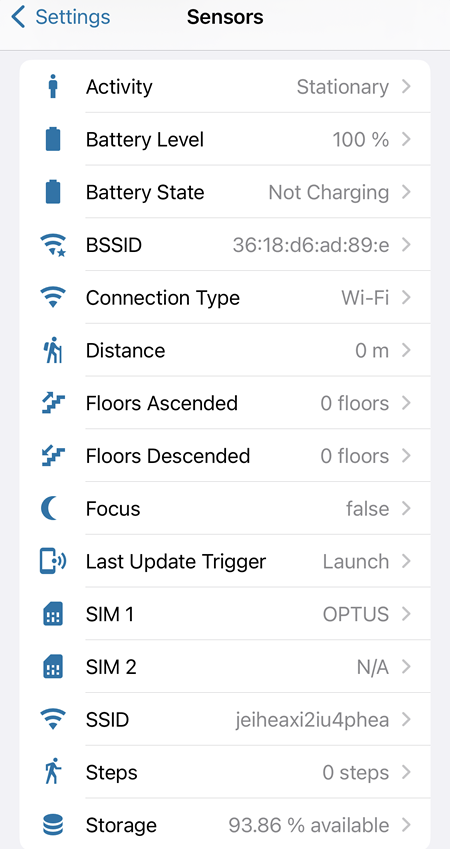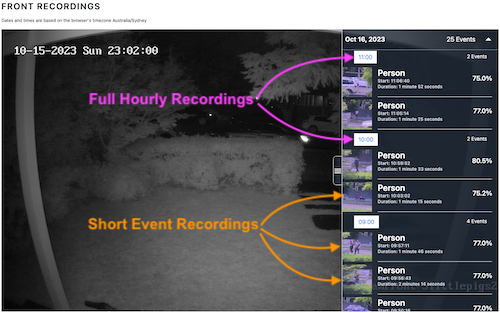1. User Interface Improvements
Tutorials:
2. Database Schema
sqlite> SELECT sql FROM sqlite_master;
CREATE TABLE event_data (
data_id INTEGER NOT NULL,
hash BIGINT,
shared_data TEXT,
PRIMARY KEY (data_id)
)
CREATE TABLE state_attributes (
attributes_id INTEGER NOT NULL,
hash BIGINT,
shared_attrs TEXT,
PRIMARY KEY (attributes_id)
)
CREATE TABLE statistics_meta (
id INTEGER NOT NULL,
statistic_id VARCHAR(255),
source VARCHAR(32),
unit_of_measurement VARCHAR(255),
has_mean BOOLEAN,
has_sum BOOLEAN,
name VARCHAR(255),
PRIMARY KEY (id)
)
CREATE TABLE recorder_runs (
run_id INTEGER NOT NULL,
start DATETIME,
"end" DATETIME,
closed_incorrect BOOLEAN,
created DATETIME,
PRIMARY KEY (run_id)
)
CREATE TABLE schema_changes (
change_id INTEGER NOT NULL,
schema_version INTEGER,
changed DATETIME,
PRIMARY KEY (change_id)
)
CREATE TABLE statistics_runs (
run_id INTEGER NOT NULL,
start DATETIME,
PRIMARY KEY (run_id)
)
CREATE TABLE events (
event_id INTEGER NOT NULL,
event_type VARCHAR(64),
event_data TEXT,
origin VARCHAR(32),
origin_idx SMALLINT,
time_fired DATETIME,
context_id VARCHAR(36),
context_user_id VARCHAR(36),
context_parent_id VARCHAR(36),
data_id INTEGER, time_fired_ts FLOAT,
PRIMARY KEY (event_id),
FOREIGN KEY(data_id) REFERENCES event_data (data_id)
)
CREATE TABLE statistics (
id INTEGER NOT NULL,
created DATETIME,
start DATETIME,
mean FLOAT,
min FLOAT,
max FLOAT,
last_reset DATETIME,
state FLOAT,
sum FLOAT,
metadata_id INTEGER, created_ts FLOAT, start_ts FLOAT, last_reset_ts FLOAT,
PRIMARY KEY (id),
FOREIGN KEY(metadata_id) REFERENCES statistics_meta (id) ON DELETE CASCADE
)
CREATE TABLE statistics_short_term (
id INTEGER NOT NULL,
created DATETIME,
start DATETIME,
mean FLOAT,
min FLOAT,
max FLOAT,
last_reset DATETIME,
state FLOAT,
sum FLOAT,
metadata_id INTEGER, created_ts FLOAT, start_ts FLOAT, last_reset_ts FLOAT,
PRIMARY KEY (id),
FOREIGN KEY(metadata_id) REFERENCES statistics_meta (id) ON DELETE CASCADE
)
CREATE TABLE states (
state_id INTEGER NOT NULL,
entity_id VARCHAR(255),
state VARCHAR(255),
attributes TEXT,
event_id INTEGER,
last_changed DATETIME,
last_updated DATETIME,
old_state_id INTEGER,
attributes_id INTEGER,
context_id VARCHAR(36),
context_user_id VARCHAR(36),
context_parent_id VARCHAR(36),
origin_idx SMALLINT, last_updated_ts FLOAT, last_changed_ts FLOAT,
PRIMARY KEY (state_id),
FOREIGN KEY(event_id) REFERENCES events (event_id) ON DELETE CASCADE,
FOREIGN KEY(old_state_id) REFERENCES states (state_id),
FOREIGN KEY(attributes_id) REFERENCES state_attributes (attributes_id)
)
CREATE INDEX ix_event_data_hash ON event_data (hash)
CREATE INDEX ix_state_attributes_hash ON state_attributes (hash)
CREATE UNIQUE INDEX ix_statistics_meta_statistic_id ON statistics_meta (statistic_id)
CREATE INDEX ix_recorder_runs_start_end ON recorder_runs (start, "end")
CREATE INDEX ix_statistics_runs_start ON statistics_runs (start)
CREATE INDEX ix_events_context_id ON events (context_id)
CREATE INDEX ix_events_data_id ON events (data_id)
CREATE INDEX ix_statistics_metadata_id ON statistics (metadata_id)
CREATE INDEX ix_statistics_short_term_metadata_id ON statistics_short_term (metadata_id)
CREATE INDEX ix_states_context_id ON states (context_id)
CREATE INDEX ix_states_attributes_id ON states (attributes_id)
CREATE INDEX ix_states_old_state_id ON states (old_state_id)
CREATE INDEX ix_states_event_id ON states (event_id)
CREATE INDEX ix_events_time_fired_ts ON events (time_fired_ts)
CREATE INDEX ix_events_event_type_time_fired_ts ON events (event_type, time_fired_ts)
CREATE INDEX ix_states_entity_id_last_updated_ts ON states (entity_id, last_updated_ts)
CREATE INDEX ix_states_last_updated_ts ON states (last_updated_ts)
CREATE INDEX ix_statistics_start_ts ON statistics (start_ts)
CREATE UNIQUE INDEX ix_statistics_statistic_id_start_ts ON statistics (metadata_id, start_ts)
CREATE INDEX ix_statistics_short_term_start_ts ON statistics_short_term (start_ts)
CREATE UNIQUE INDEX ix_statistics_short_term_statistic_id_start_ts ON statistics_short_term (metadata_id, start_ts)
3. Reference

